V
Vedant Pathak
Guest
The West’s new strategy to kill India? Credit Ratings. Despite being the fastest-growing major economy, India still has one of the worst credit ratings. This strategy is not only limiting India ’s growth but also raising questions about the credibility of these ratings. This article aims to shed light on this issue and explore the implications of these biased ratings on India ‘s economy.
Money is the lifeblood of any government. It fuels the economy, drives development, and ensures the welfare of the citizens. To grow the economy, spending is necessary – on roads, infrastructure, health, and other sectors. But to spend more, we need to borrow more. For individuals, banks or credit card agencies provide simple loans. But where do governments borrow thousands of crores of rupees? The answer lies in bonds.
Governments borrow from the public by issuing bonds, like sovereign bonds. These bonds are essentially IOUs that promise to pay back the borrowed amount with interest after a certain period. Just as individuals are graded based on their credit history to determine the interest they’ll pay, governments are rated by rating agencies. The higher the rating, the lower the interest rate. And that’s where India’s problem arises.
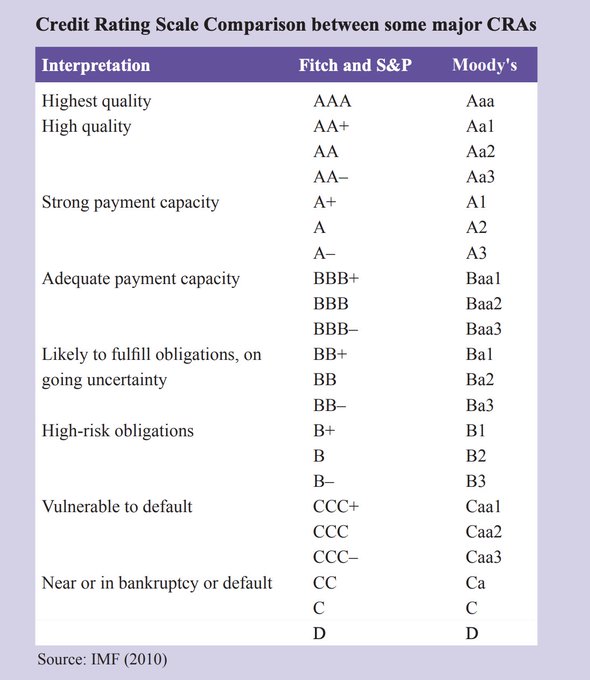
The higher the rating, the lower the interest rate.
Thanks to our ‘biased credit rating agencies’, even though we are the fastest growing major economy and the fifth largest, we are rated lower than even the Philippines, whose GDP is nine times lower than ours!

We are rated LOWER than even the Philippines.
The Big 3 – Moody’s, Fitch, and S&P – are the major players in this game. They hold the power to determine a country’s credit rating. But how fair is their process? Moody’s rates countries not by quantitative (i.e., actual data) but by what they feel about them (i.e., qualitatively). Thirteen out of eighteen factors just represent their ‘feelings’ and not data! This subjective approach raises questions about the credibility of their ratings.
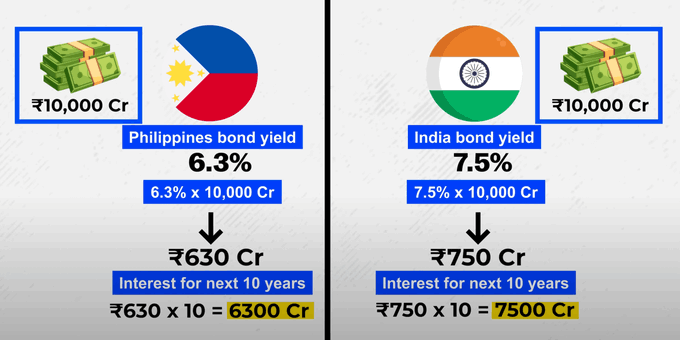
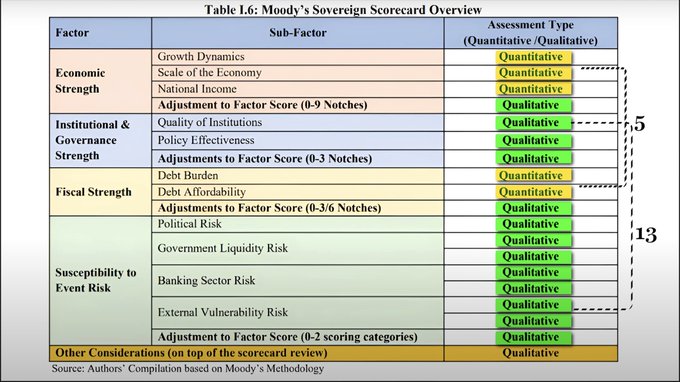
13 out of 18 factors just represent their ‘feelings’ and not data!
If we look at the actual data, India’s performance tells a different story. We have one of the fastest GDP growth rates, yet we are rated just 1, when we should be at 3.5! Even for CPI inflations, we are rated 60% less than what we’re worth! This discrepancy between our performance and our ratings is a clear indication of the bias in the ratings.

Even for CPI inflation, we are rated 60% less than what we’re worth!
When it comes to the debt-to-GDP ratio, we have one of the lowest ratios compared to other major economies, like Singapore and Japan! Despite this, we’re still rated much lower than we should be! This further highlights the bias in the ratings.
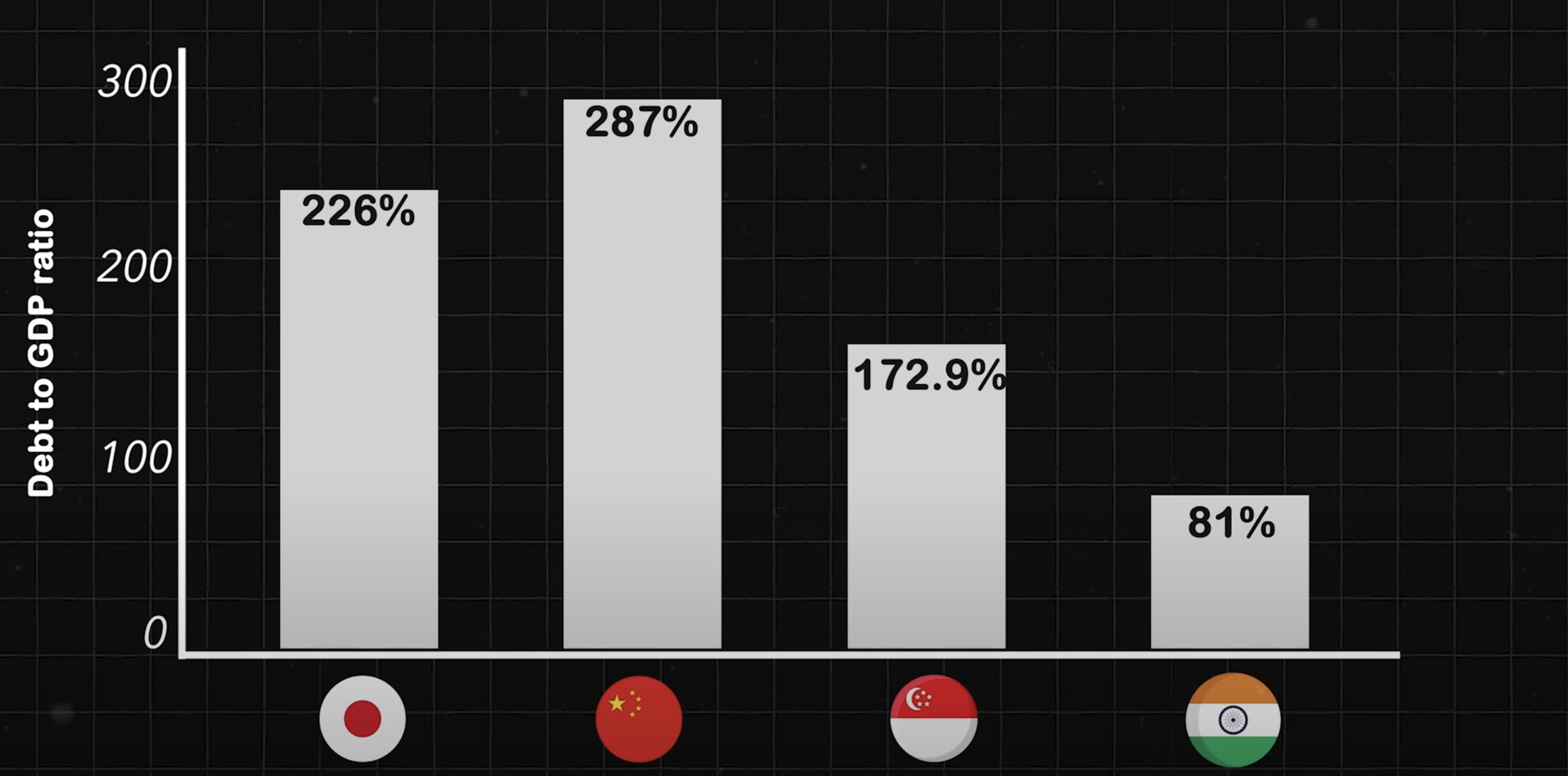
The bias in the ratings is not just a claim but a fact backed by data. The trend lines indicate the average rating that should be expected based on the given conditions. The red lines illustrate the extent to which we deviate from those expectations. This deviation is a clear indication of the bias in the ratings.
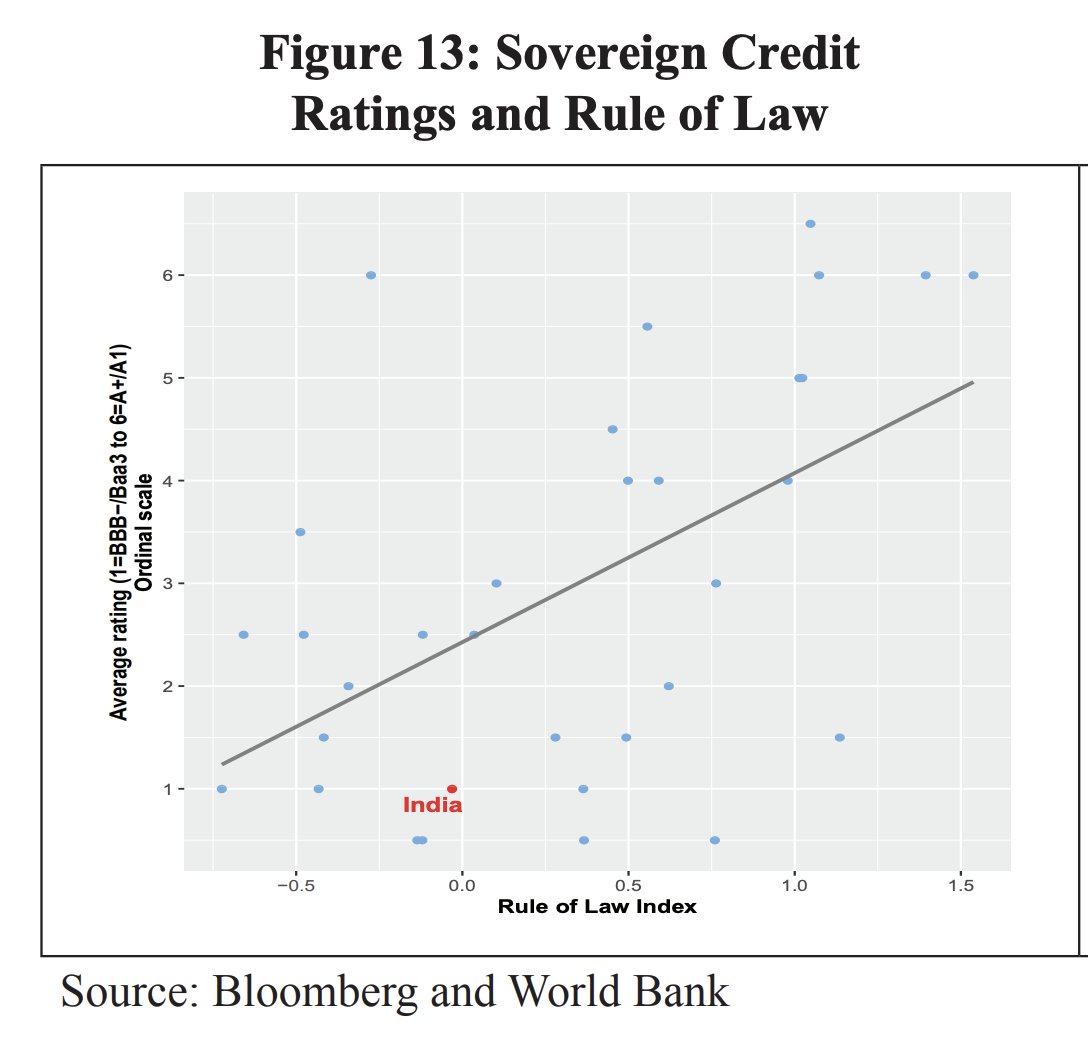
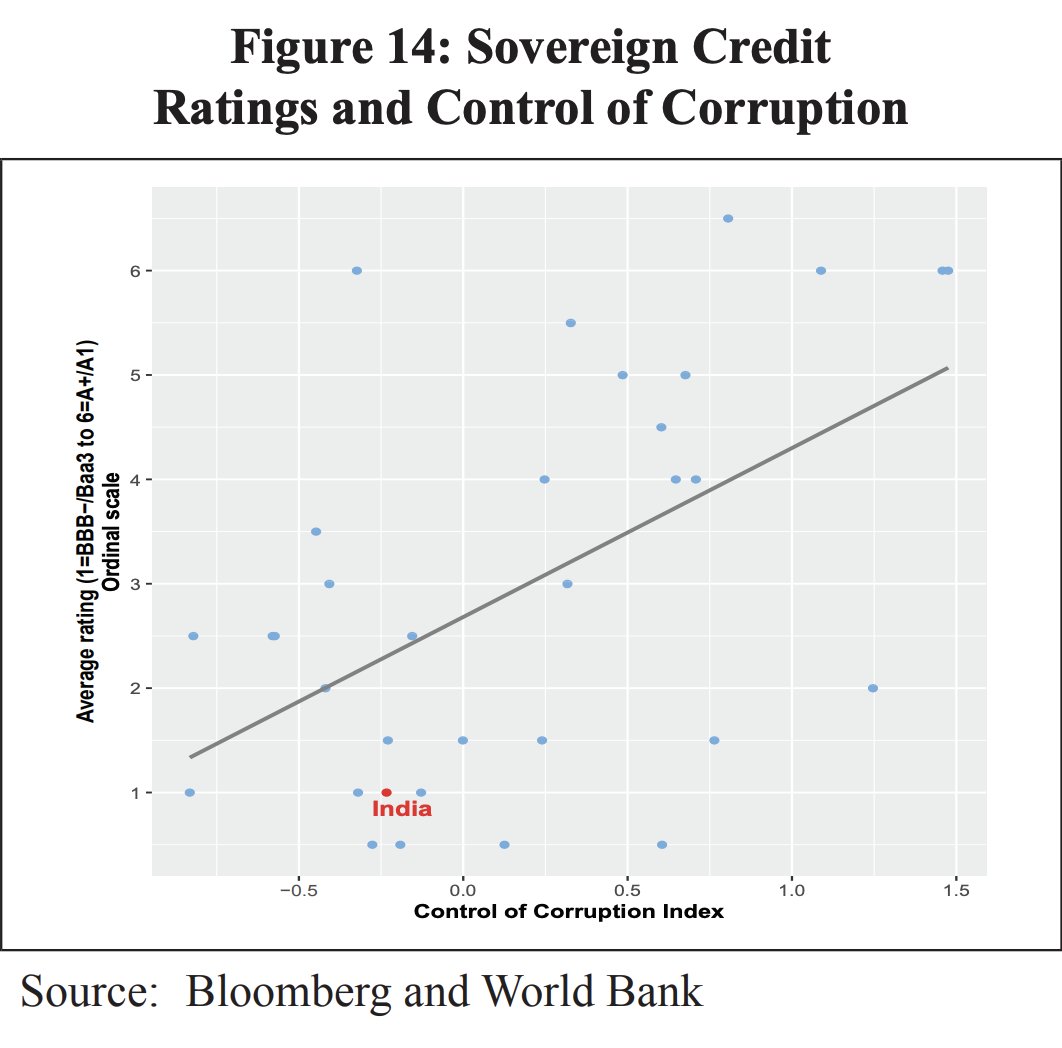 Our low credit rating is causing us to pay higher interest on our loans. This is putting a strain on our economy and limiting our growth potential. The bias in the ratings is not just unfair but also detrimental to our economy. So, what do you think our rating should be?
Our low credit rating is causing us to pay higher interest on our loans. This is putting a strain on our economy and limiting our growth potential. The bias in the ratings is not just unfair but also detrimental to our economy. So, what do you think our rating should be?
The post The West’s New Strategy to Kill India? appeared first on The Jaipur Dialogues.
Continue reading...
The Role of Money in Government
Money is the lifeblood of any government. It fuels the economy, drives development, and ensures the welfare of the citizens. To grow the economy, spending is necessary – on roads, infrastructure, health, and other sectors. But to spend more, we need to borrow more. For individuals, banks or credit card agencies provide simple loans. But where do governments borrow thousands of crores of rupees? The answer lies in bonds.
Government Borrowing and Credit Ratings
Governments borrow from the public by issuing bonds, like sovereign bonds. These bonds are essentially IOUs that promise to pay back the borrowed amount with interest after a certain period. Just as individuals are graded based on their credit history to determine the interest they’ll pay, governments are rated by rating agencies. The higher the rating, the lower the interest rate. And that’s where India’s problem arises.

The higher the rating, the lower the interest rate.
India’s Credit Rating Dilemma
Thanks to our ‘biased credit rating agencies’, even though we are the fastest growing major economy and the fifth largest, we are rated lower than even the Philippines, whose GDP is nine times lower than ours!
This discrepancy is not only unfair but also detrimental to our economy. It means we have to pay higher interest on our bonds, which puts a strain on our resources.

We are rated LOWER than even the Philippines.
The Big Three: Moody’s, Fitch, and S&P
The Big 3 – Moody’s, Fitch, and S&P – are the major players in this game. They hold the power to determine a country’s credit rating. But how fair is their process? Moody’s rates countries not by quantitative (i.e., actual data) but by what they feel about them (i.e., qualitatively). Thirteen out of eighteen factors just represent their ‘feelings’ and not data! This subjective approach raises questions about the credibility of their ratings.


13 out of 18 factors just represent their ‘feelings’ and not data!
India’s Performance vs. Ratings
If we look at the actual data, India’s performance tells a different story. We have one of the fastest GDP growth rates, yet we are rated just 1, when we should be at 3.5! Even for CPI inflations, we are rated 60% less than what we’re worth! This discrepancy between our performance and our ratings is a clear indication of the bias in the ratings.

Even for CPI inflation, we are rated 60% less than what we’re worth!
Debt to GDP Ratio
When it comes to the debt-to-GDP ratio, we have one of the lowest ratios compared to other major economies, like Singapore and Japan! Despite this, we’re still rated much lower than we should be! This further highlights the bias in the ratings.

The Bias in Ratings
The bias in the ratings is not just a claim but a fact backed by data. The trend lines indicate the average rating that should be expected based on the given conditions. The red lines illustrate the extent to which we deviate from those expectations. This deviation is a clear indication of the bias in the ratings.


The post The West’s New Strategy to Kill India? appeared first on The Jaipur Dialogues.
Continue reading...
